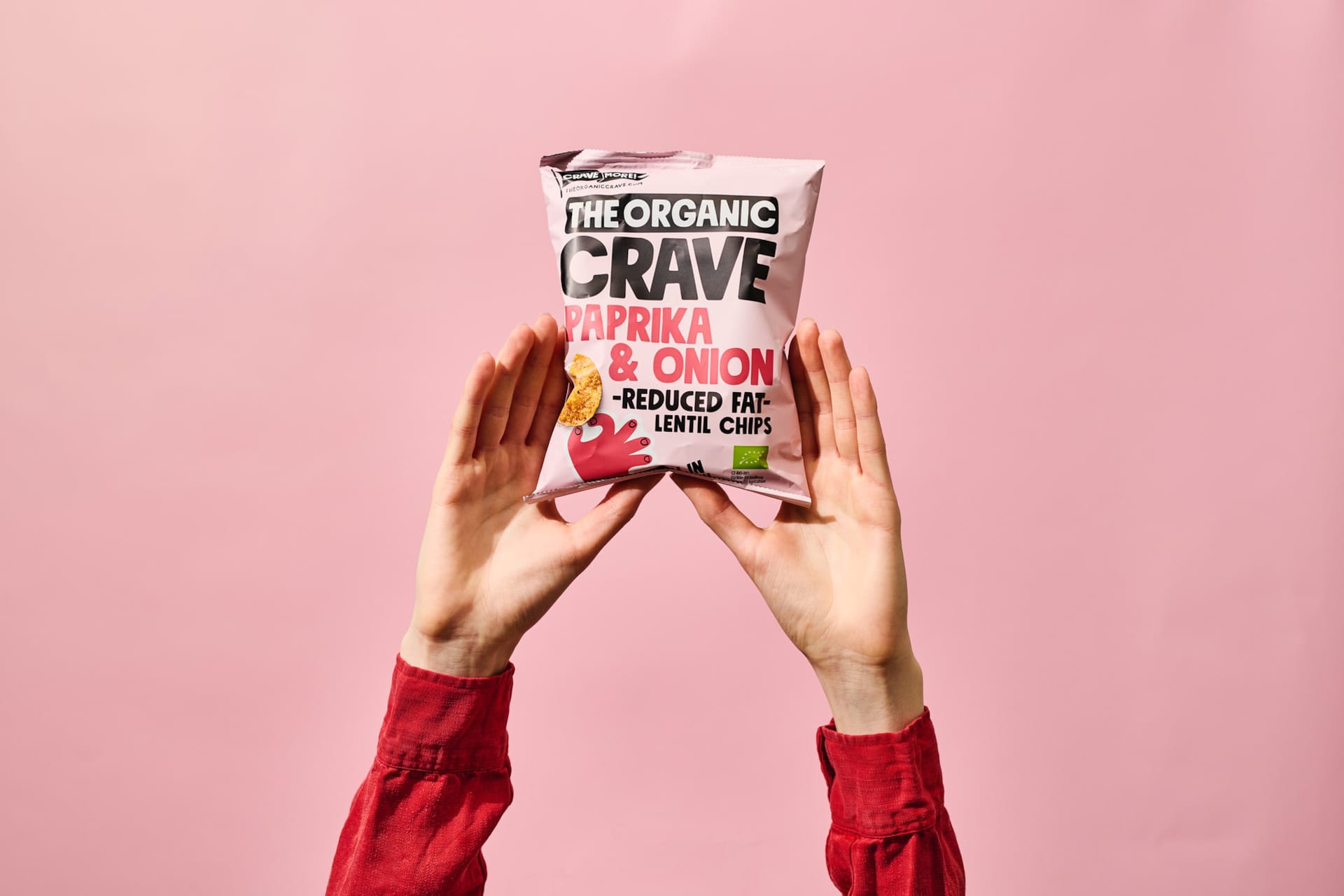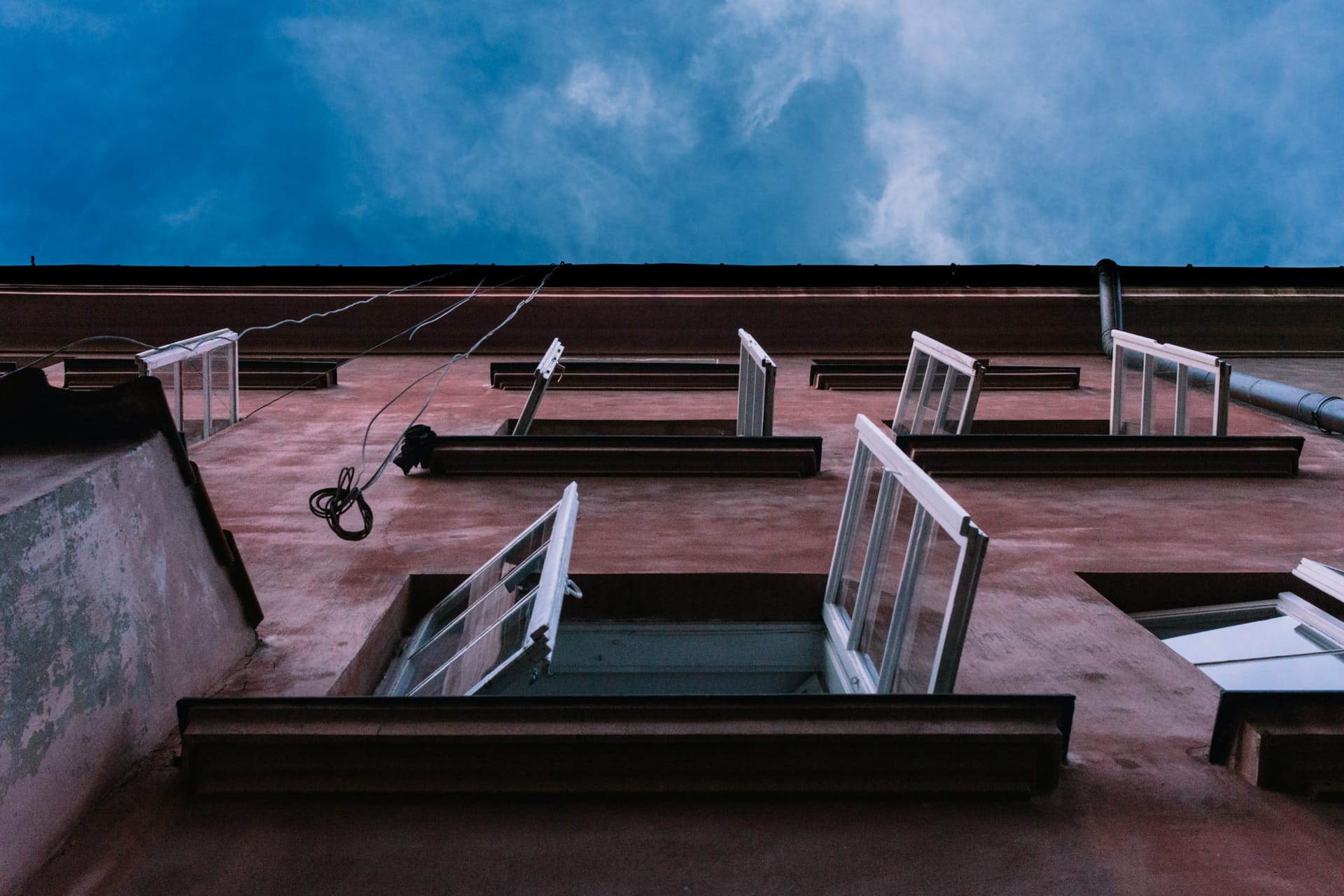Generation Z – concrete insights for the food industry
Product development • Generation Z refers to those born in the mid-to-late 1990s and up to the early 2010s. They are digital natives. They are educated and aware. They care about health and sustainability. And not least, they care about food and eating. Now they are coming of age. How does that affect us in the food industry? Let's explore it.
Generation Z is not an unfamiliar consumer group. We have had them in our midst for many years; the oldest will be thirty in just a few years. However, the concept is somewhat younger. It emerged in the mid-00s and has since been used extensively to refer to those born from the mid/late 1990s through to the early 2010s. Exactly which years apply is disputed by scholars.
Digital natives
What we can be sure of is that they are more educated than any previous generation. They are aware of the world and the problems and challenges facing humanity – not least the climate threat. And health and sustainability have a major impact on their consumption.
They are born with a smartphone in one hand and a tablet in the other. They are often referred to as ‘digital natives’. Social media isn’t just an amusement for Generation Z. It’s where many find knowledge, answers to questions and form an identity with like-minded people.

Generation Z comes of age
Over the next two decades, this digital generation, educated and aware of health and sustainability, will enter the adult world. How will this affect our industry? What should you do to ensure your business doesn’t get left in the dust? Let’s explore that, with the help of a study from EIT Food, among others.
The world as Generation Z sees it
EIT Foods asked more than 2,000 young people aged 18–24 from the UK, France, Germany, Poland and Spain about their views on the food industry and their habits and outlook on life.
Young people look at food, health and consumption from a holistic perspective. Ingredients and production methods must be ‘fair’, with respect to the consumer, the people in the production chain, animals and nature, and the climate.
Food also serves as a marker of identity. It is important to consume the ‘right’ brands. These are brands that align with and confirm their perceptions of the world.
More than half said they use social media to get advice on healthy eating.
Get what they want
Growing up, Generation Z had a lot of say in what was eaten at home. Their parents’ generation has approached them in a very different way compared to previous generations. This is a generation that is used to influence and getting its way.
But what do they want? What are their distinctive preferences and habits? And how can you reach them and influence them? Let’s look at three overarching insights that you can work on.

Insight 1: Soft spot for snacks
Snacks are a favourite among Generation Z. It may seem contradictory when all you hear is their interest in health and healthy eating. Snacks sound bad; many likely associate snacks with sweets and unhealthy foods. But if we broaden our picture a bit, snacks become more multifaceted. After all, a snack can be anything from beverages, smoothies and yoghurt to bars, sandwiches, muesli and other products that don’t have to contain empty calories in the form of sugar and fat.
Scattered meals
Generation Z have proper meals, of course, but the portions are smaller and the eating is more spread out over the day.
Their fondness for scattered meals can be explained by the fact that many live hectic lives without fixed eating routines. A quick snack between lectures and leisure activities is more the rule than the exception.
The challenge is to develop healthy snacks. According to the EIT Foods study, 73% find it difficult to eat healthily when they are at school, at work or on the go.

The versatile snack
Tasty, saturating and healthy snacks are in themselves an opportunity for food producers who want to reach Generation Z. The opportunities for variety and differentiation are already great in this product segment. But those who think ahead can take this to a new level.
Imagine a ready-made product that you can renew relatively quickly and with relatively little effort, depending on what is happening in the market and what is in demand. Picture yourself a basic product that has all the desired features, but where one of the features can easily be modified to create new experiences of the product. This is a scalable product.
Like scalable production, the scalable product is about increased output as a result of increased input. But unlike production scalability, where it is the number of units produced that increases, product scalability is about increasing the number of variants of the product.
Let’s look at a real-life example that has really taken product scalability to heart.
A successful example

One brand that has a scalable product is Marabou. It is one of Scandinavia’s largest chocolate brands and is part of Mondelez.
In the 1950s, they found the recipe for success, both literally and figuratively, for milk chocolate that sells. For decades, it has existed with just a few flavours: pure milk chocolate, milk chocolate with chopped hazelnuts, milk chocolate with whole roasted hazelnuts, milk chocolate with raisins and chopped almonds, and milk chocolate with orange crisp.
But a decade or so ago, someone realised that milk chocolate is scalable. Why stop at hazelnuts, raisins and almonds, and orange crisp? Why not use our own and other brands’ flavours?
Nowadays Marabou milk chocolate with Oreo, Digestive, Salty Crackers TUC, Toffee, popcorn, cookie dough, and many more are available. Yes, in fact, 24 varieties at the time of writing!
Reason to communicate
Scalable products also allow you to communicate. And if you can find a creative and effective way to communicate, you’re well placed to make the most of your scalability.

Insight 2: Transparency and openness
Generation Z is educated and health-conscious, yet finds it difficult to make healthy choices. The EIT Foods survey found that 61% find it difficult to eat healthily because of conflicting information.
Almost 8 out of 10 young people who responded to the EIT Foods study ask for labels that tell them how the product is produced. A simple list of ingredients is not enough.
Almost as many (3 out of 4) think that food manufacturers need to be more transparent about ingredients and processes.
Overall, brands need to become more open and transparent. Generation Z wants food producers to detail the impact of their products on health, sustainability, the environment, origin, and more.
Go digital with the packaging
The first step to becoming more transparent and answering everything Generation Z wants to know about your product is to explain in simple and clear text and pictures what ingredients are used and how they are made.
One possibility is QR codes on food packaging. QR is short for Quick Response. And that’s exactly what a QR code on a package can be used for: to provide a quick answer about the origin of products, their impact on the environment and, not least, their effect on health.
Generation Z always carries a smartphone. When the phone’s camera is pointed at the QR code, a web page opens. There you can give the consumer in-depth information about the product.
Of course, you should go one step further and offer the consumer the opportunity to interact with you. For example, the ability to chat with customer service to get answers to questions. Or why not share recipes that involves your products? The possibilities are almost endless.
Be where Generation Z is – on social media
Another step to becoming more transparent and answering everything Generation Z wants to know about your product is to be where they are and interact with them on equal terms.
Generation Z uses apps more than four hours a day on average. And that time doesn’t even include gaming time. They spend a lot of time on social media. 9 out of 10 are online several times a day. Half say they’re online almost constantly.
YouTube, Instagram and Snapchat are among their favourite online platforms. Right now, it should be added. What it will look like in two or three years, no one knows. That’s why it’s important to stay on your toes and keep up with developments. Your goal is to be where Generation Z is.
Be social on social media
Generation Z expects to be able to interact with brands on social media. Some things to consider:
- 78% use social media to get to know new brands.
- 76% use social media to interact with brands and companies.
- 61% of Generation Z consumers want companies to get to know them better based on their social media activity.
- 52% of Generation Z consumers expect companies to read and analyse their social media posts.
Generation Z uses social media for social interactions. And they expect businesses to do the same.
Show what you do and tell us why. Answer questions quickly and make it human-to-human. Seek out discussions that directly or indirectly relate to your product and dare to participate on equal terms.

Co-creation with Generation Z
The boldest step to become transparent and meet the demands of Generation Z is to give consumers the opportunity to be part of the development and marketing of your products. That’s co-creation.
Co-creation creates participation and loyalty. And not least, it satisfies one of the most distinctive characteristics of Generation Z: manifesting their individual identity. Generation Z is not only eager for more personal products but also willing to pay a premium for products that highlight their individuality.
Learn from others
It’s not just the food industry that needs to become more transparent and respond better to critical questions from Generation Z. It applies to all industries. How do companies in fashion, fitness, or banking and finance reach out to and build relationships with Generation Z? How do they demonstrate transparency and openness? Discover, explore and learn!

Insight 3: Take a stand!
Generation Z is attracted to brands that take a clear stand on important social issues. That doesn’t mean your brand should take a stand on just about every topic there is. Brands that want to be the best at everything and be friends with everyone don’t have the same credibility as one that takes a bold stand on a specific issue.
Purpose and core values
The position must be honest and based on a genuine opinion. This is important, not only to be perceived as authentic by consumers but also to have the courage to stand up when not everyone agrees.
Start with yourself.
What is your purpose – your reason for being. Making money is not a purpose. It’s a result. Nor is it your output. It is only a means. The purpose is to accomplish something based on insight or belief. What is that insight or conviction?
What core values do you stand for? Forget the usual platitudes about openness and transparency. Answer honestly what timeless principles guide everything and everyone in your company. Core values are so fundamental that they rarely, if ever, change. Not even if it cost to keep them.
The core topic
Only when you know the brand’s purpose and core values can you find a question to consider; the question should help achieve your purpose and be consistent with your core values.
Don’t forget Generation Z. For them, it’s important that brands dare to take a stand. But what you choose to take a stand on is also relevant to them.
If you want to reach Generation Z, it’s a good idea to prioritise a core topic that also engages many in Generation Z and especially those you see as your target audience.
Practise what you preach
To take a stand is also to expose oneself to scrutiny and criticism. You have to be prepared for that, so it’s important to practise what you preach.
For example, assume that mental health is a core topic for your brand. The world sees that you are passionate about this and doing good things on this topic. Slowly but surely, the target audience shows their trust in the brand by choosing it and recommending it to others.
But one day someone notices systematic harassment and bullying at one of your subcontractors.

The right partners
It may seem that it is not your fault or responsibility that there are problems with one of your subcontractors; in today’s society, with complex supply chains, it is impossible to keep track of all the parts. But many in Generation Z make no distinction between your company, your brands and your subcontractors and partners. For them, it’s the same body.
If a scandal affects a subcontractor or partner, or if your brand is seen in the company of bad businesses, it affects you whether you think it’s fair or not.
This is perhaps primarily a challenge for large and established food companies with a myriad of subcontractors and partners. For smaller and medium-sized companies, it may be easier to monitor the ecosystem they are in. And for young and start-up companies still establishing an identity, there is much to be gained from finding other companies with similar values, approaches and practices.
Consistently transparent
Even if it feels unfair to be affected by something that someone else has done, you have everything to gain by admitting that it has gone wrong and that you have a responsibility.
A survey on Generation Z by McKinsey shows that 80% refuse to buy products from companies that have been involved in a scandal. At the same time, McKinsey highlights that Generation Z is more tolerant of scandals than other consumer groups – if mistakes are addressed and corrected, that is.
Being transparent and open in communicating with Generation Z is perhaps most important when it is the most difficult to do so.
Act now!
Making products for the new generations is an exciting and, not least, important job. The shift in attitudes and food preferences and the concern for health and sustainability is forcing you as a food producer to keep up with innovation and product development.
Digital and social platforms offer great opportunities to work creatively and effectively with communication and impact. Both when it comes to making your brand and products visible, and when it comes to working on the major social issues that engage your target audience.
We are in a transformation right now. Food producers who get innovation, product development and marketing right can turn young consumers into lifelong customers.
Please, share this article if you liked it.
[et_social_share]











